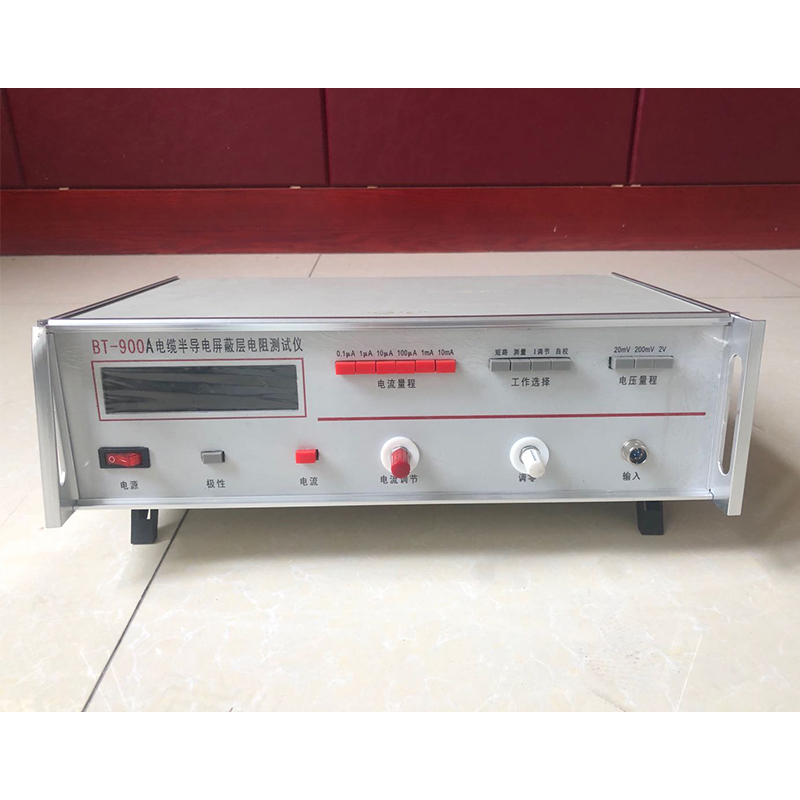Cable Flexibility and Durability Testing Equipment for Quality Assurance
The Importance of a Cable Bending Tester in Modern Electronics
In today's rapidly advancing technological landscape, the robustness and reliability of electronic components have never been more crucial. One of the lesser-known but essential tools in ensuring the durability of cables and connectors is the cable bending tester. This device plays a vital role in maintaining the quality of products we often take for granted, such as smartphones, laptops, and other electronic devices.
A cable bending tester is designed to simulate the repetitive bending motions that cables undergo during regular use. This may include the bending that occurs when a user wraps their headphones around a device, or the stress that cables experience when they are plugged in and unplugged frequently. By subjecting cables to these conditions, manufacturers can gather valuable data on their lifespan, flexibility, and overall durability.
The primary objective of a cable bending tester is to identify potential failures before products reach consumers. Using a bending tester, engineers can evaluate how many cycles a cable can endure before it starts to show signs of wear or damage. This information is crucial; it helps manufacturers improve their designs, select better materials, and ultimately produce cables that stand the test of time.
cable bending tester

Moreover, the significance of cable bending testers is underscored by the increasing dependence on technology in our everyday lives. With the rise of wearable technology, Internet of Things (IoT) devices, and other portable gadgets, the quality of cable manufacturing has become even more paramount. Poorly made cables can lead to device malfunctions, data loss, and in worst-case scenarios, safety hazards such as electrical fires.
Furthermore, regulatory compliance is another critical factor driving the use of cable bending testers. Many industries are mandated to adhere to strict quality standards for their products. Testing cables for flexibility and durability not only ensures compliance but also builds trust with consumers, who are becoming increasingly aware of the quality of materials used in the products they buy.
As technology continues to evolve, so too do the requirements for cable manufacturing. Continuous advancements in cable bending testing technology are anticipated to cover a wider range of variables, including temperature changes and environmental stress factors. These enhancements will allow for more comprehensive assessments of cable performance, providing valuable insights that can lead to innovative designs and improvements in existing products.
In conclusion, the cable bending tester is an indispensable tool in the realm of electronics. By simulating real-world bending scenarios, it helps manufacturers ensure that their products meet the high standards of durability and reliability expected by consumers. As technology progresses, the role of cable bending testers will only become more significant in maintaining the integrity of our ever-growing array of electronic devices.
-
Why the Conductor Resistance Constant Temperature Measurement Machine Redefines Precision
NewsJun.20,2025
-
Reliable Testing Starts Here: Why the High Insulation Resistance Measuring Instrument Is a Must-Have
NewsJun.20,2025
-
Flexible Cable Flexing Test Equipment: The Precision Standard for Cable Durability and Performance Testing
NewsJun.20,2025
-
Digital Measurement Projector: Precision Visualization for Modern Manufacturing
NewsJun.20,2025
-
Computer Control Electronic Tensile Tester: Precision and Power for the Modern Metal Industry
NewsJun.20,2025
-
Cable Spark Tester: Your Ultimate Insulation Assurance for Wire and Cable Testing
NewsJun.20,2025
 Copyright © 2025 Hebei Fangyuan Instrument & Equipment Co.,Ltd. All Rights Reserved. Sitemap | Privacy Policy
Copyright © 2025 Hebei Fangyuan Instrument & Equipment Co.,Ltd. All Rights Reserved. Sitemap | Privacy Policy
